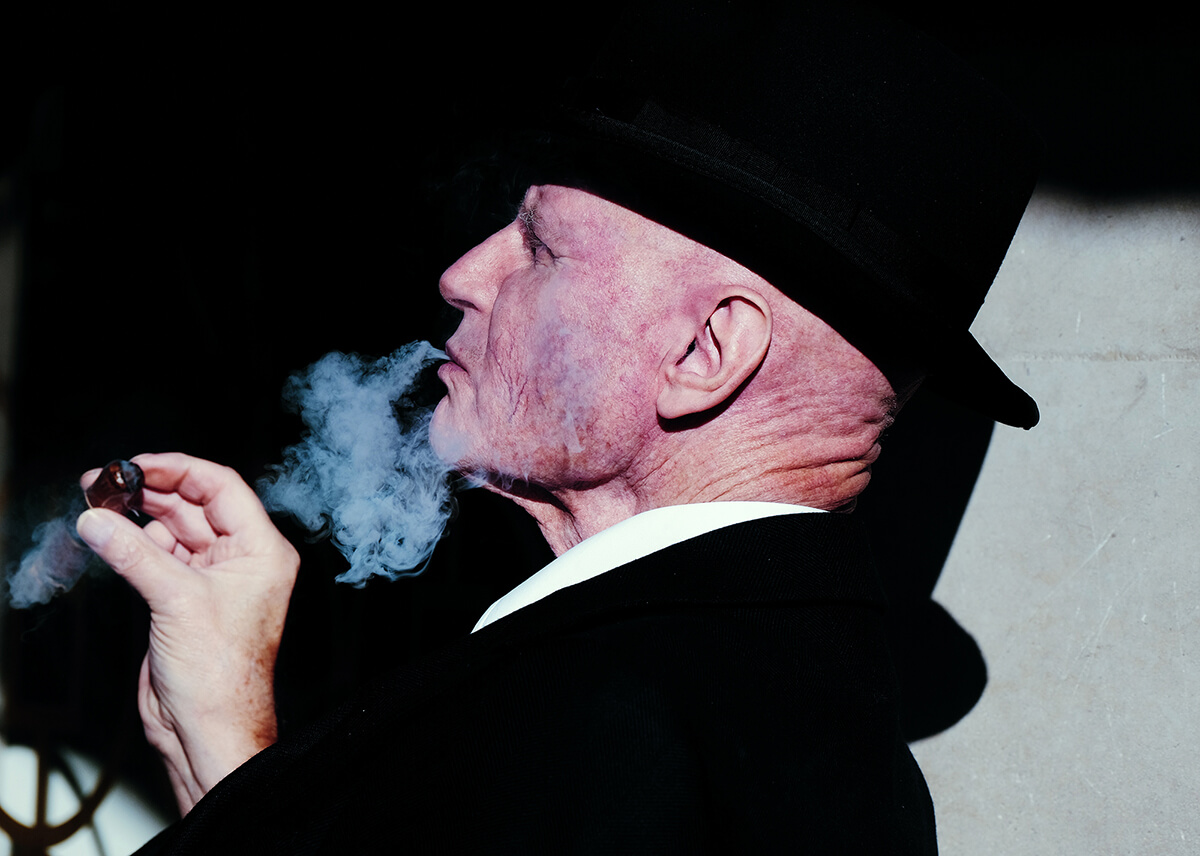INTERVIEW
The Human Orchestra
WITH FRANCESCO GIOIA
An interview with Francesco Gioia
“There always has to be some sense of imbalance and uncertainty, like when you’re not quite sure what just happened or what’s going to happen next, but it takes hard work to achieve.”
Francesco Gioia won first prize in our Street Life competition with an image judge Richard Sandler praised for its “complexity and the remarkable coincidences within its perfect frame”, while also raising some interesting ideas around the concept of ‘reality’ in photography. Keen to know more about this image and the story behind it, along with Francesco’s route into photography and working practices, we put some questions to him…
Dear Francesco, congratulations on winning our Street Life competition. What did you make of Richard’s comments on the image?
Thank you so much. It is a beautiful comment that aligns with my vision of street photography. Richard was one of the first people that made me fall in love with this medium, and I owe him a lot.
We don’t want to dwell on the topic of staging images, as we know your work to be candid, but do you have thoughts on this topic generally? Richard puts forward an interesting viewpoint – that to him “all photographs are fictions wrapped in fact”.
I get what Richard is saying. In the end, photos are lies, and photographic representations do not reflect the three-dimensionality of the world. The intent and ability of the photographer determines how convincing the lie is. By manipulating the third dimension, the photographer can change the viewer’s perception.
The lie also includes the use of colour and rendering. There is no way to portray colour perfectly and accurately. The same thing happens with space. Regular frames define photographs, but the world isn’t like that. In reality, you know what is beyond the walls of your house, even if you cannot see it. In a photograph, it’s different, and what you can’t see inside it doesn’t exist.
There is no way to duplicate a photograph, regardless of its subject; each picture is unique and distinct and must be understood as such. When you create an image, life exists beyond the frame, but it vanishes as soon as you press the shutter. Also, a photo merely records a moment, and things are left unresolved when you freeze a moment. Magritte sums up this issue perfectly in “The Treachery of Images.”
Regarding staging images, I don’t have any issues with it as long as it’s genuine and not passed off as something else. Anyone taking a dishonest approach to this is doing a disservice to themselves and anyone trying to capture moments as genuinely and naturally as possible. But if you take an open, positive and sincere approach, there is nothing to be worried about.
Tell us a little more about the image itself, and the story and circumstances behind it.
It was my first time attending Notting Hill Carnival in London at the end of August 2019, and I was positively surprised by the atmosphere; everyone seemed to be enjoying themselves. Hundreds, if not thousands, were on the main street. I noticed a man lying on the steps of a house, and above him were a boy and a girl dancing. The first images I took of the scene were vertical, but stepping back, I noticed a woman enjoying the parade inside her house. At that moment, I realised that a horizontal shot could be interesting. All I needed was someone on the left side of the frame to balance the scene.
Given the vast number of people, I didn’t have to wait long for two girls to walk by, and as soon as they were on the left side of the frame, I took the picture. I took multiple shots, but shortly after the two girls passed, the scene quickly faded out. In a few moments, it unfolded and then died, and I was fortunate to witness it and happy that I was ready to capture it.
And I understand it’s from a long-term series about your adopted hometown of London. What are you attempting to capture in that work? Is there an overall theme to it?
The project is about the “human orchestra” and the interplay of individuals in London’s city life’s hustle and bustle. Although I relocated permanently to London, I’ve photographed the variations and impressions of several European cities. I spent years taking visual readings of their pulse during these times of historical change. My final aim is to fuse all of these projects and make them appear as in a diary, where the content is intimate and personal.
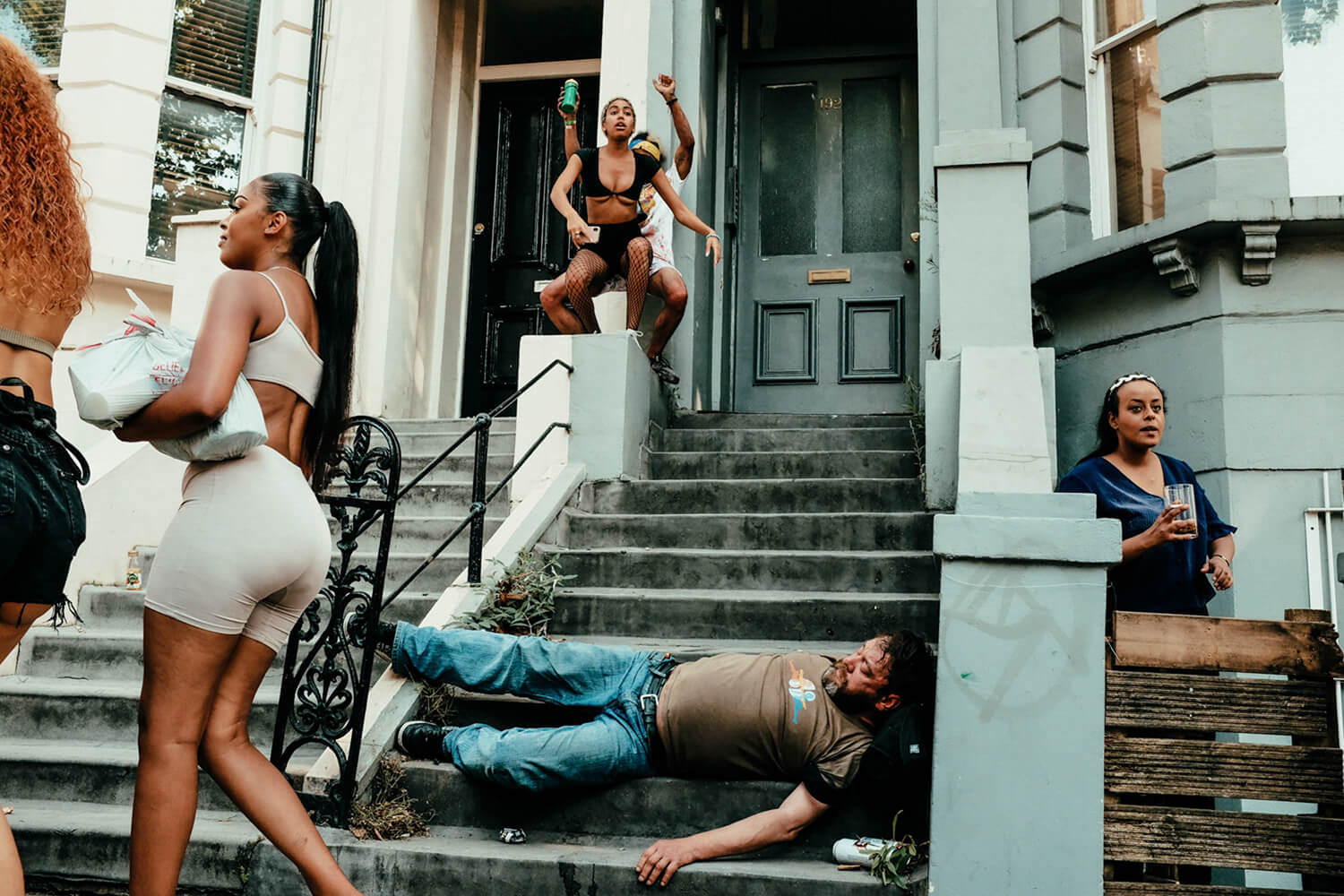
FRANCESCO’S WINNING STREET LIFE IMAGE
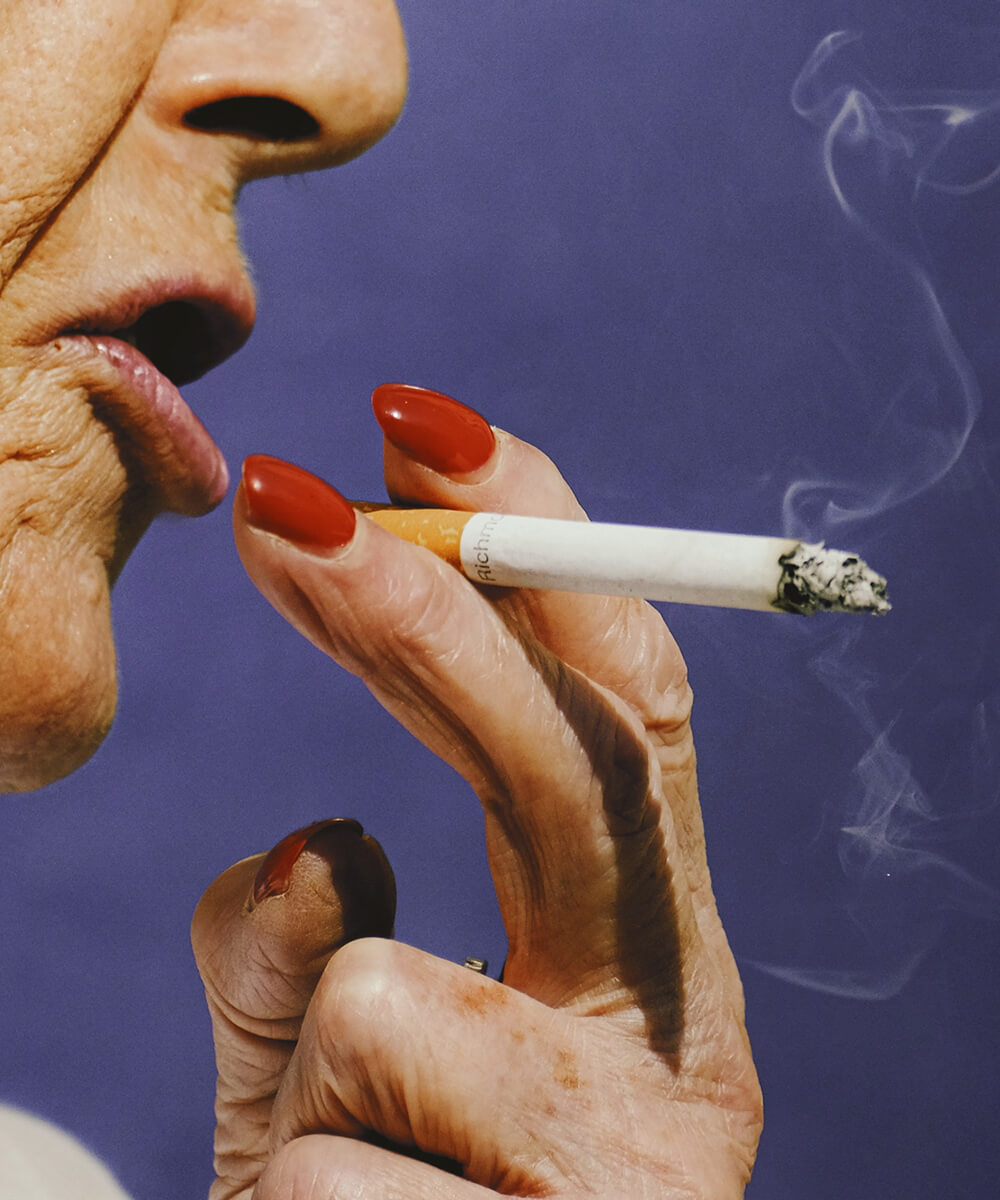
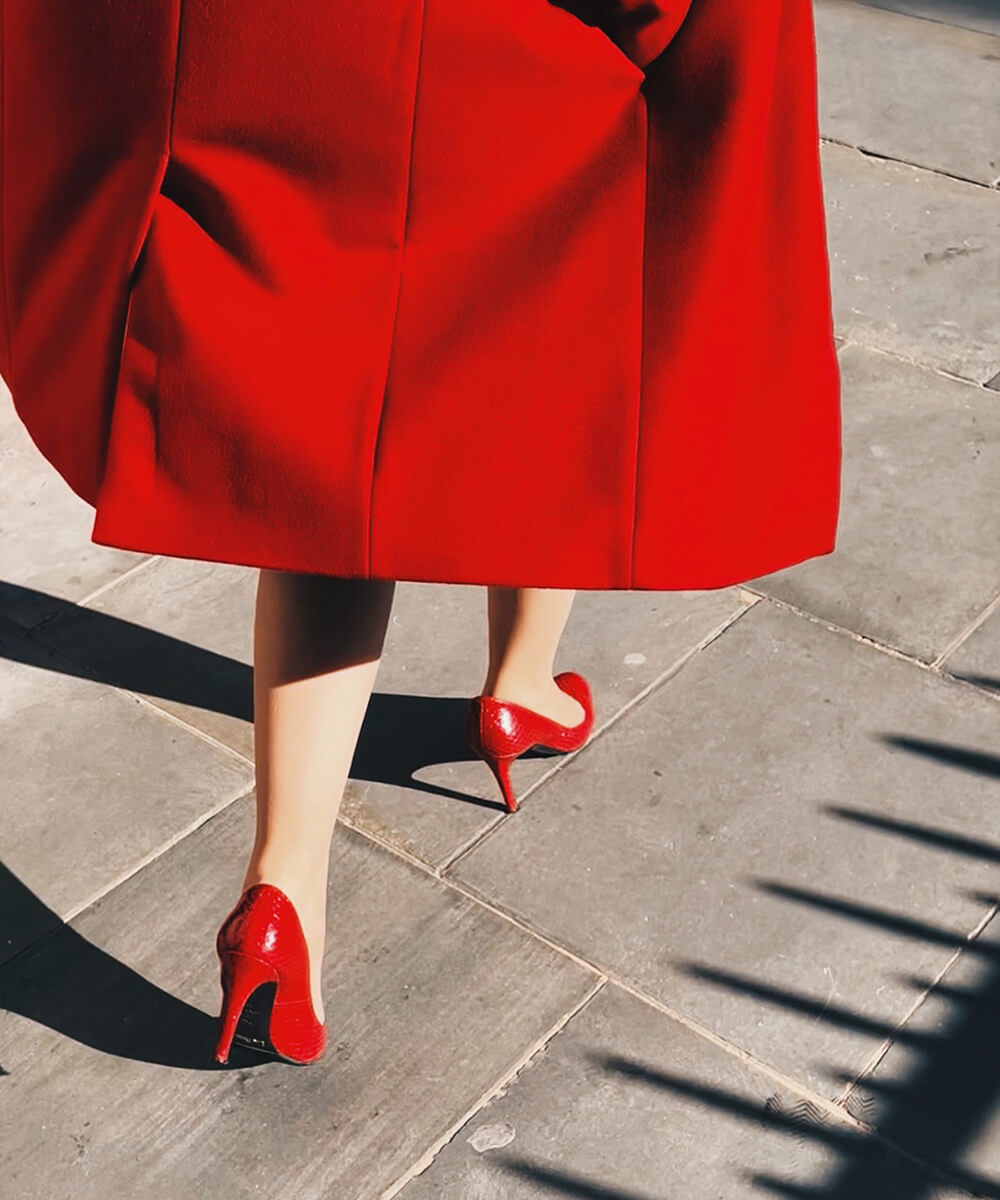
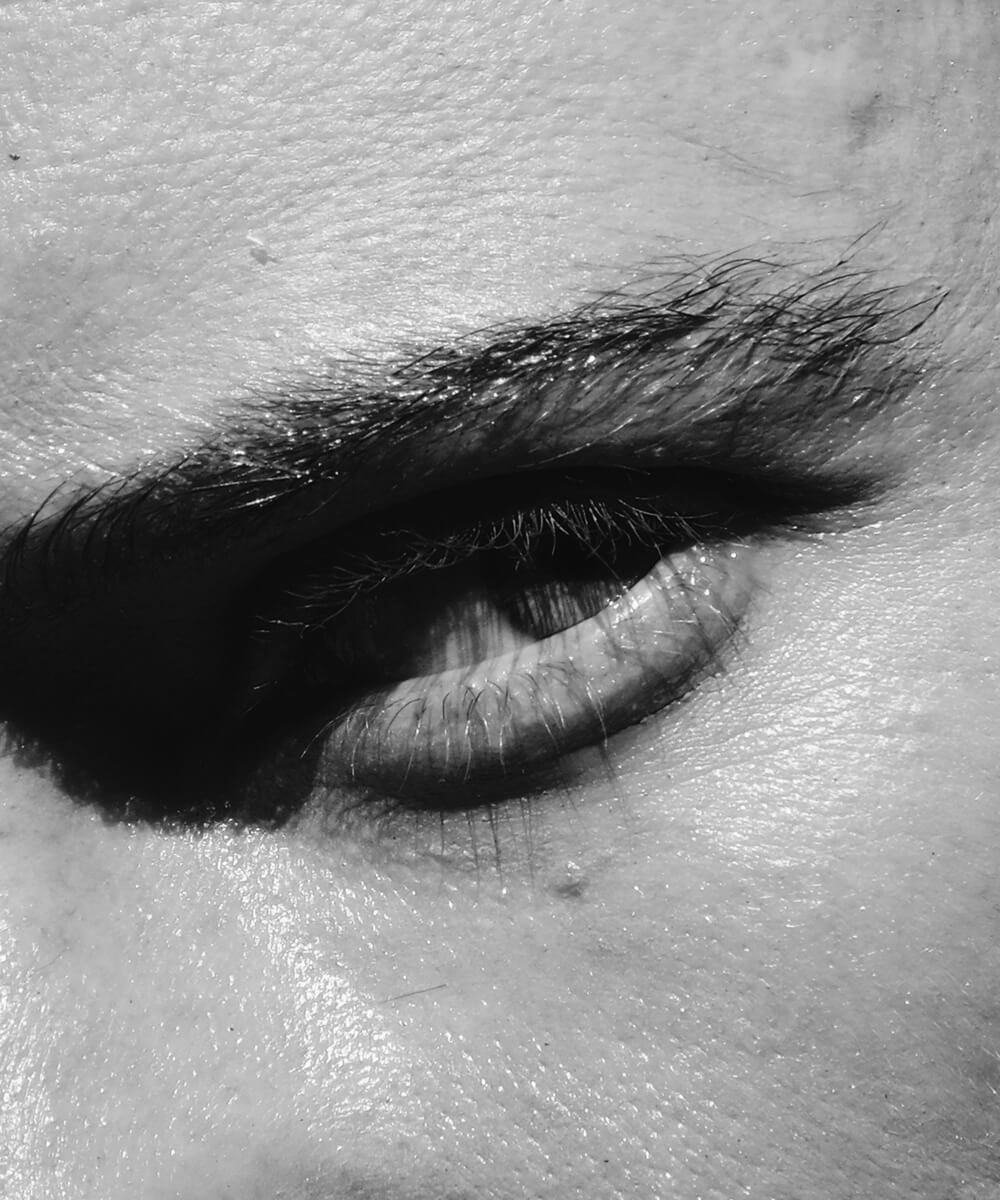
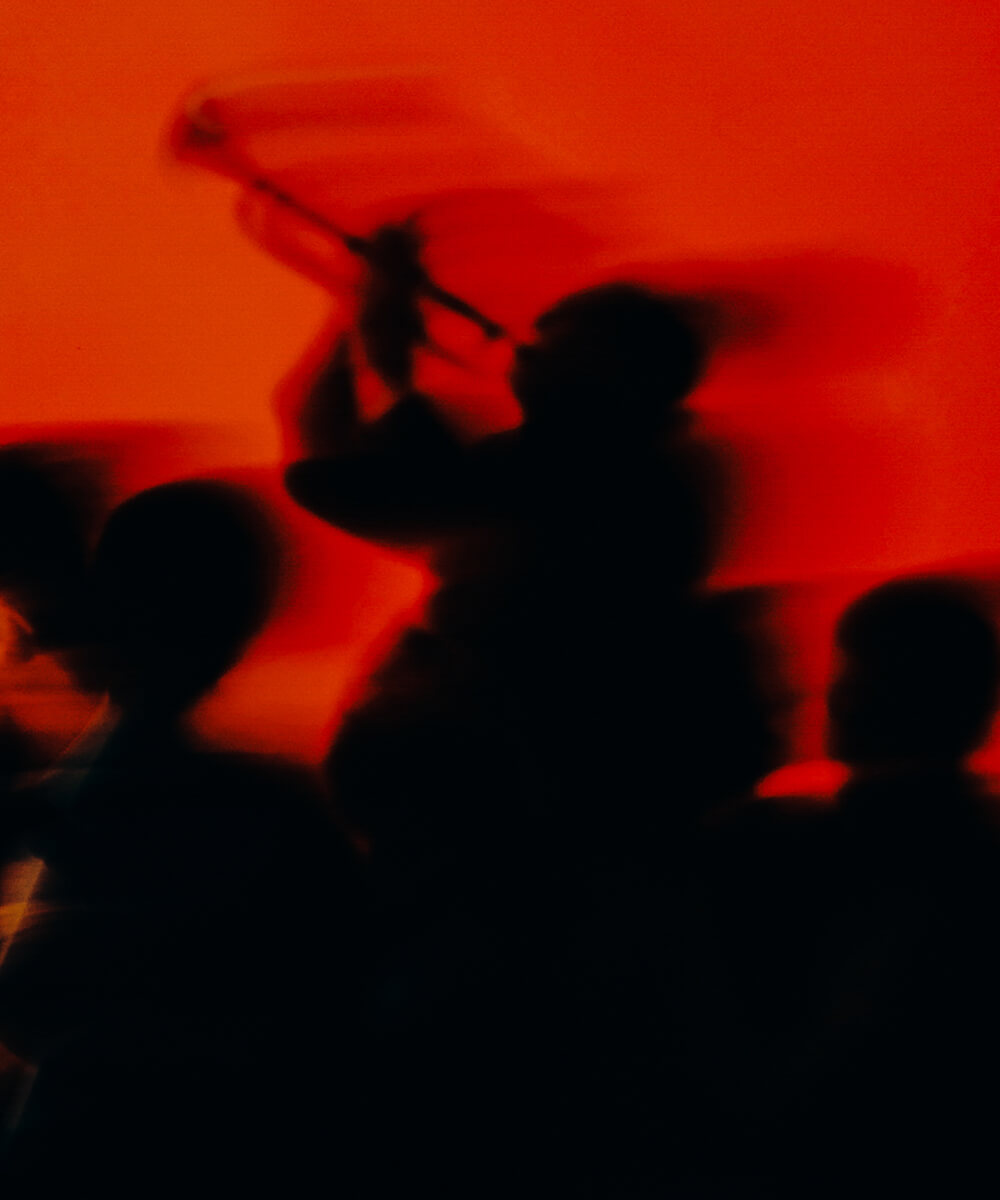
Where did your love of photography begin?
My parents encouraged my creativity from an early age. I became interested in photography at the age of 20 when I started working for a friend of my father at a photojournalism agency in Florence. I was entrusted with a priceless historical archive of more than 3 million images (captured between 1944 and the early 1990s by founder Giulio Torrini), including some of the most incredible photographs of Florence of the 1950s and 1960s. Shortly after that, I moved to London, and it was here, in its bustling streets, that I really taught myself photography.
The spirit of street photography is at the heart of your work, but it doesn’t seem as simple as that – in your use of lighting, bold graphic elements and colors, tight framing and varied subject matter there are threads of fashion photography, abstract photography, even product photography… There’s a deliberate aesthetic treatment to your images, rather than them just being straight records of reality. Do you resonate with that? How would you describe your style? Who or what influences you?
Since I became a photographer, I have always avoided getting caught up in specific aesthetics, attempting to work in many directions to keep my work as diverse and exciting as possible. There is a particular look I want my images to have, and I achieve that by experimenting with cropping techniques and the use of multiple lenses. Except for a few projects I’m working on, I see my work as an endless stream of consciousness with no beginning and no end and anything I shoot becomes part of an ongoing, lifelong body of work.
I wouldn’t know how to describe my style. I love blending many different styles and genres, from cinematic/abstract photography to still life, from street photography to mid-20th-century studies. I want the message to be found and created by the individual viewer. Letting people fill in the gaps and making up their own stories is very important to me.
Talking of influences, the things I like have a wide range of expression. Sometimes I wonder what my influences are, as I believe that influence is largely unconscious. Among some of my conscious ones are Minor White, Lee Miller, Ernst Haas, László Moholy-Nagy, Keld Helmer Petersen, Diane Arbus, Paul Strand, André Kertész, Jaroslav Rössler, William Eggleston, Ralph Gibson, Eiko Yamazawa, Masahisa Fukase, William Klein, Florence Henri, Germaine Krull, Luigi Ghirri.
I’m also very much inspired by movie directors like Federico Fellini, Roman Polanski, Fritz Lang, Georges Melies, Akira Kurosawa, John Cassavetes, Robert Wiene, Jean Cocteau, Jean Renoir, Alfred Hitchcock, Orson Welles, Wim Wenders, Friedrich Wilhelm Murnau, Wong Kar-wai, Takashi Miike, David Lynch, Stanley Kubrick, Woody Allen, Michelangelo Antonioni, Luis Buñuel, Brian De Palma, Jacques Tati, Martin Scorsese, Werner Herzog, Roberto Rossellini, Mario Bava, Robert Bresson, Robert Altman, Ingmar Bergman, Francois Truffaut, Vittorio De Sica, Jean-Luc Godard. The list of musicians and painters would be even longer.
And tell us a little bit about your working methods… do you head out onto the street with certain ideas or themes in mind? Do you have certain rituals or creative prompts to spark inspiration?
I don’t have a specific working method. In photography, the choice is always between a sequence of moments and endless possibilities. Most of my photographs arise instinctively. I am fascinated by the unknown, by images whose meaning is obscure and multiple. Sometimes I photograph without thinking about anything in particular. Most of the time, I look for things that mirror my feelings at that moment. Overall the thought process is emotional, just expressing. What I shoot, whether street photography, still life, landscape, or whatever, doesn’t matter. It’s what I’m trying to communicate at the time, and it’s pretty arbitrary and emotional.
The one constant I find within myself is approaching each situation with an open mind by relying on intuition and chance occurrences. I am attracted to tension, ambiguity, hesitation, and mystery. Researching these elements, and doing so without falling into cliches or stylistic exercises, is a very long, uncontrollable and exhausting process but rich in enormous satisfaction. It’s hard to explain it in words. There always has to be some sense of imbalance and uncertainty, like when you’re not quite sure what just happened or what’s going to happen next, but it takes hard work to achieve.
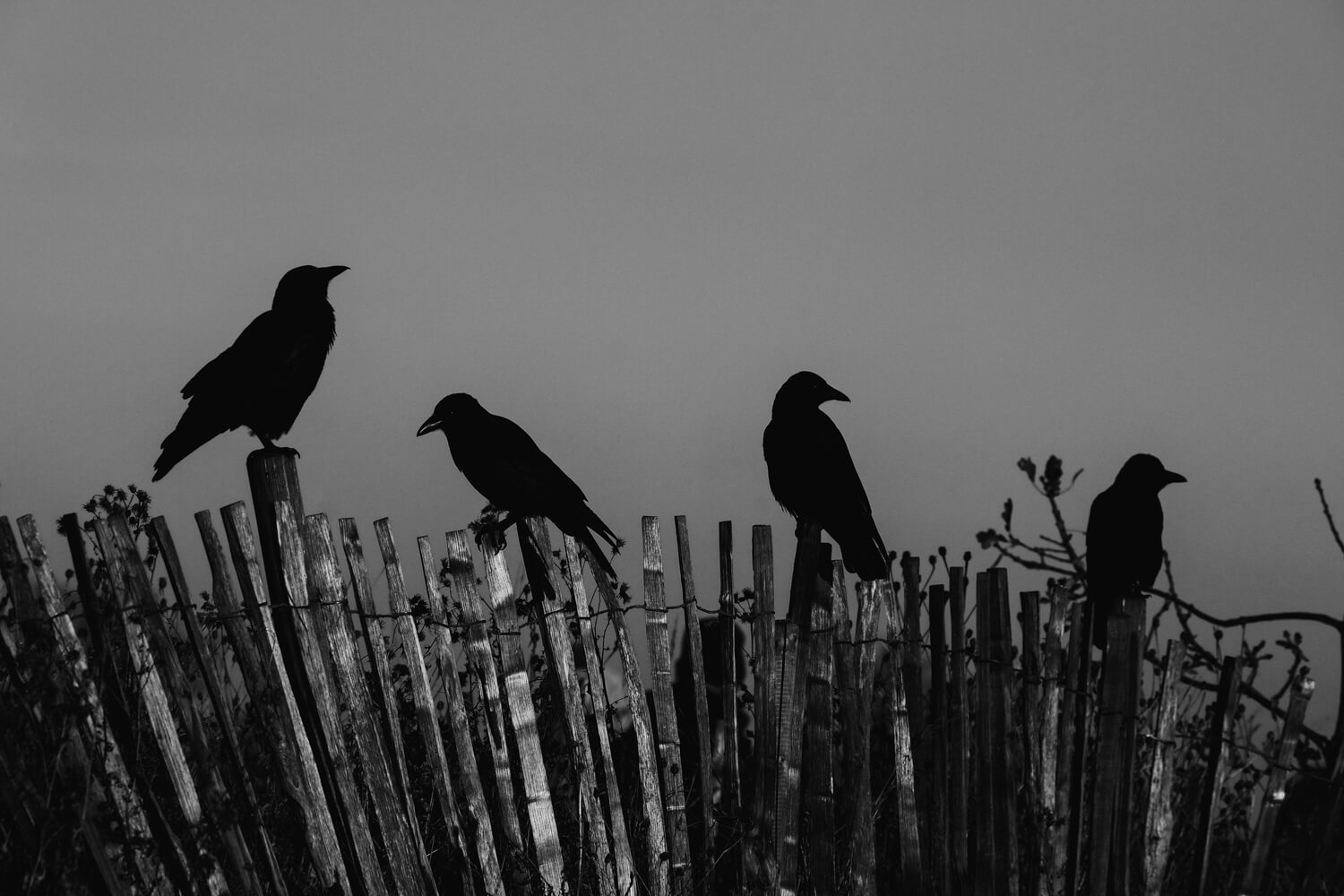
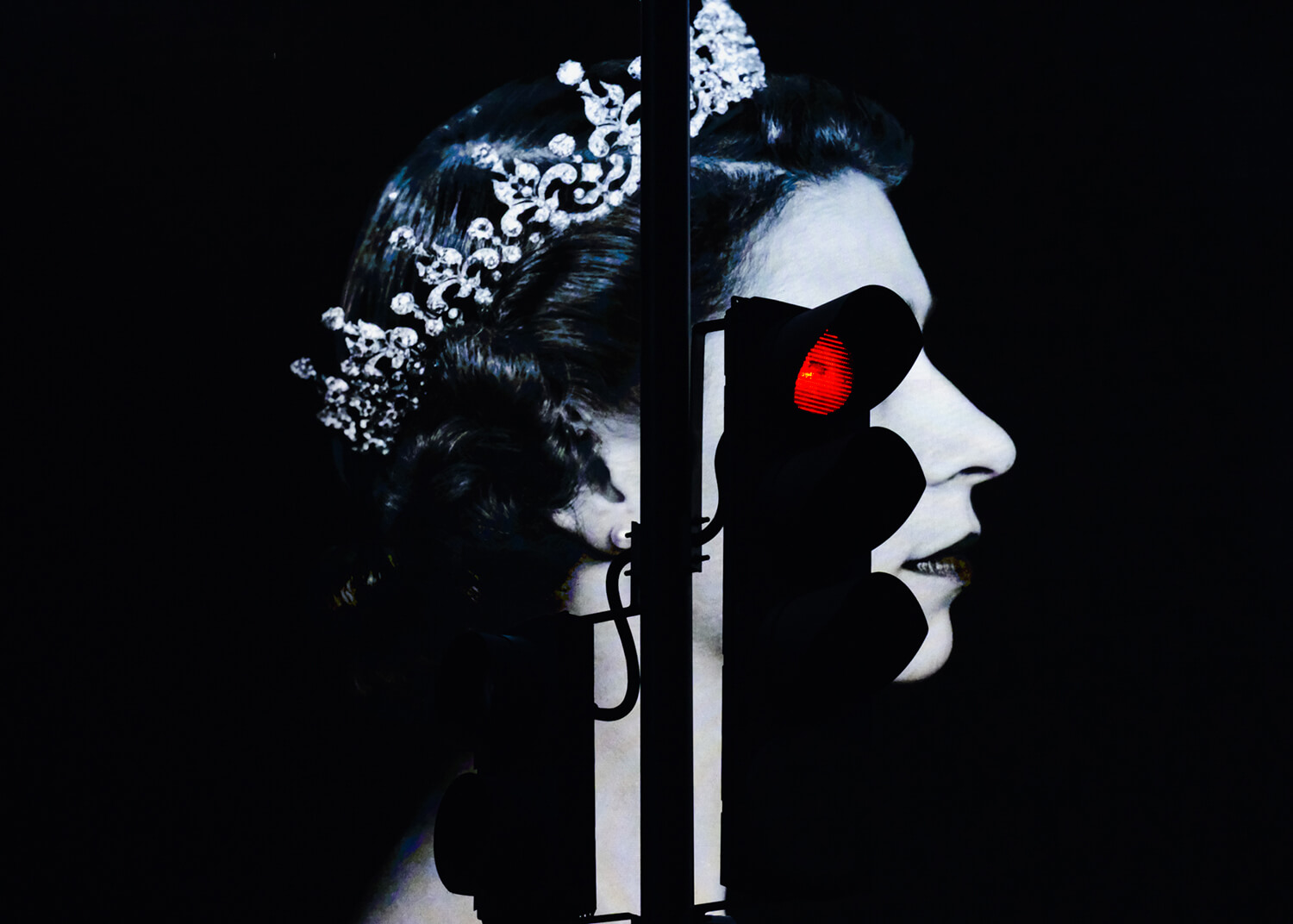
“THE QUEEN IS DEAD”
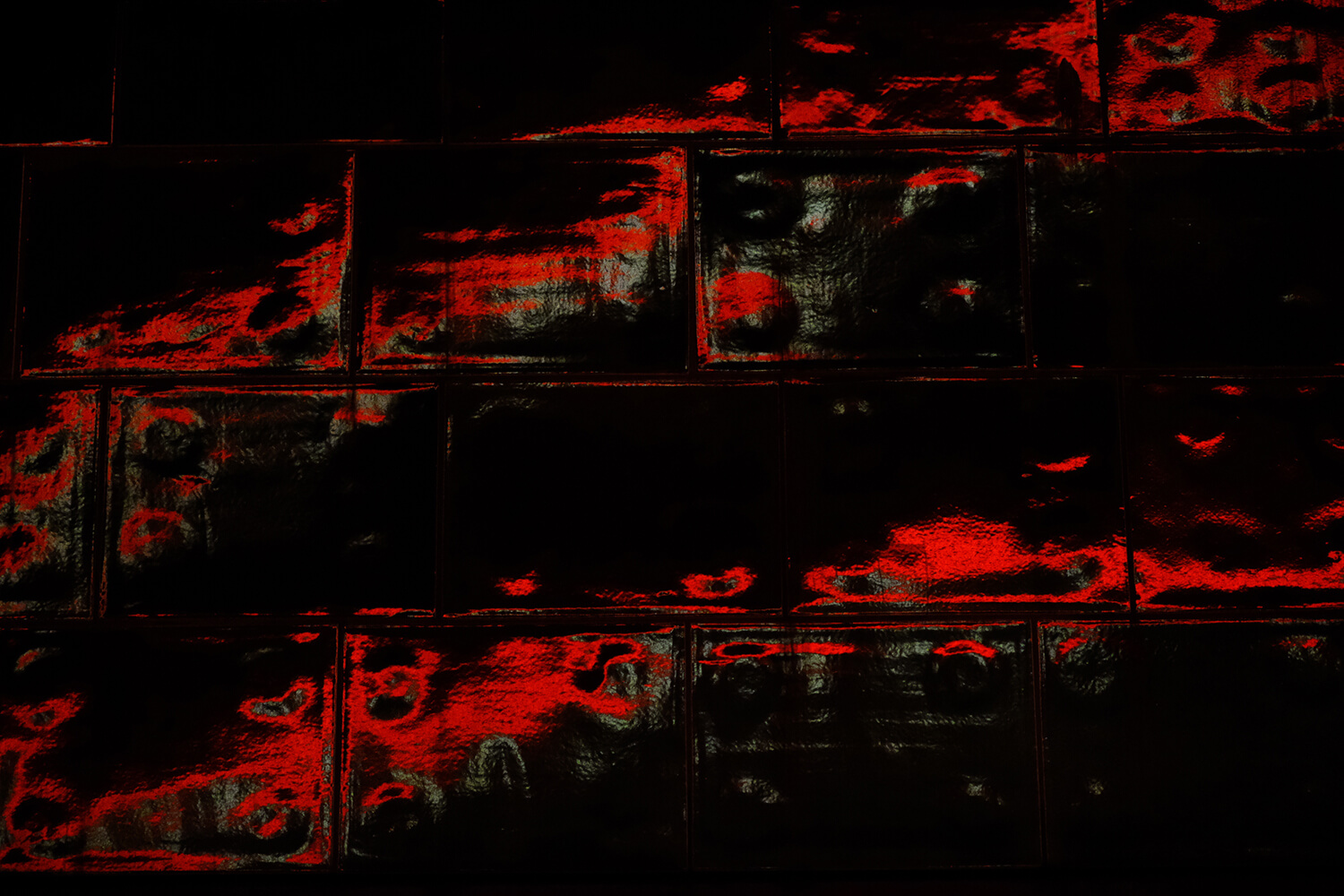
And what keeps you heading back out into the London streets? Any particular favorite spots?
It’s a mix of motivations. I keep going out there to keep myself physically and mentally active, but also because I have no idea what I will find. The allure of the unknown that awaits me or even the most ordinary moment is enough to get me out there. It’s as if the world out there is waiting for me, saying, “You think you’ve already seen everything there is to see? Come here, and I’ll show you.” And even though I often go home “empty-handed,” thinking that something mind-blowing might happen is enough to get me hooked. But it doesn’t have to be mind-blowing. It can be the most ordinary thing. That’s the beauty of photography, to turn ordinary and mundane into something special.
The bottom line is I am restless, active, and prolific. I create images all the time and rarely have periods of total unproductivity.
Perhaps you could pick a favorite shot and tell us about it?
I am attached to all my photos for different reasons, but one particular photo I took is significant in understanding what can happen when you least expect it.
The photo in question is “The Queen is Dead” [see above]. After the Queen’s death, London was in turmoil during the first ten days of national mourning; there was a big mess everywhere and heavy air. As always, I went out on those days to document the historic moment, but whether I went to the floral tribute in St James’s Park or Buckingham Palace, I couldn’t shoot anything that wasn’t mundane, predictable and seen over and over again.
One day, exhausted from the day, I still needed to take a decent photo, and I was headed to the subway to go home. When I got to Piccadilly Circus, I saw the Queen’s giant face on the screen called “Piccadilly Lights”. Unfortunately, the image was not fixed but was alternated with other pictures of her as a young woman; each time, it only stayed there for 10-15 seconds. Instinctively, I pre-visualized the image I wanted to take. I tried to juxtapose the red traffic light on the queen’s eye and create something vaguely abstract, so I got to work.
The last shot I took, which was the decisive one, marked the end of the projection of that image of the queen, which was no longer projected on the screen. Over the next few days, I went back to Piccadilly to see if the picture was still there, and I could no longer see it. Unbeknownst to me, it is as if I had limited time to take that picture. Although nothing extraordinary, this episode reminds me that even when you think you have given up hope, an exciting shot can await you. It’s just a matter of thinking outside of the box.
What’s keeping you busy right now Francesco?
I am now working on several commissioned and personal projects, and I am also in contact with a publisher because I want to publish my first monograph which I hope will come out in the next two years.
And finally, if there was one piece of advice you could share with your younger self, or perhaps with someone starting their journey in street photography -and this is particularly apt given that I understand you run street photography workshops-, what would it be?
The primary advice I would give to someone starting their journey in street photography would be to go out there and take pictures. Don’t expect to take a few photos, and be good. It’s a never-ending practice. It’s also all about failing and repeating. The quicker you learn this, the better, and remember that it doesn’t matter how good you become. There are always ways to enrich yourself and learn from others, so stay humble and open-minded.
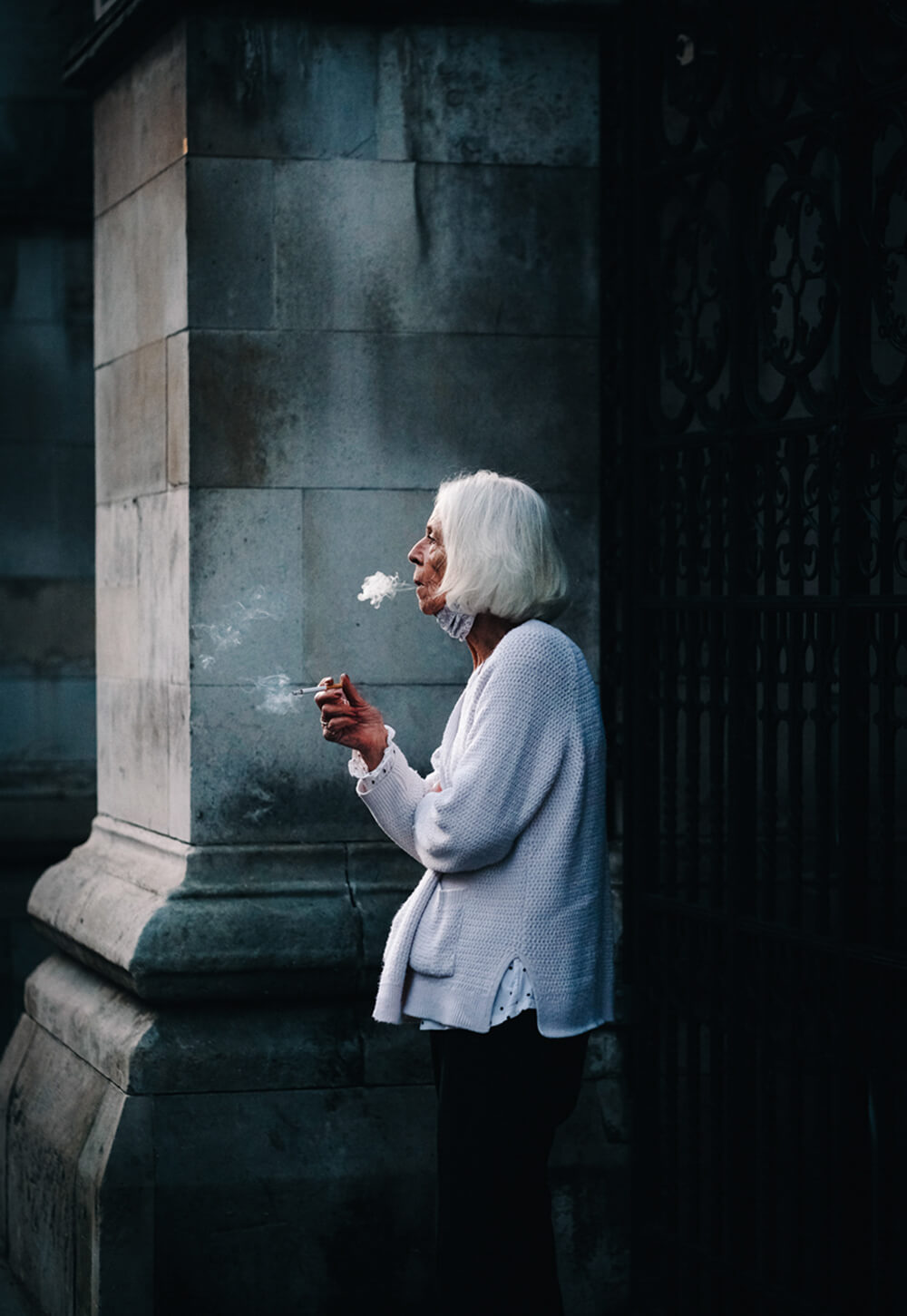
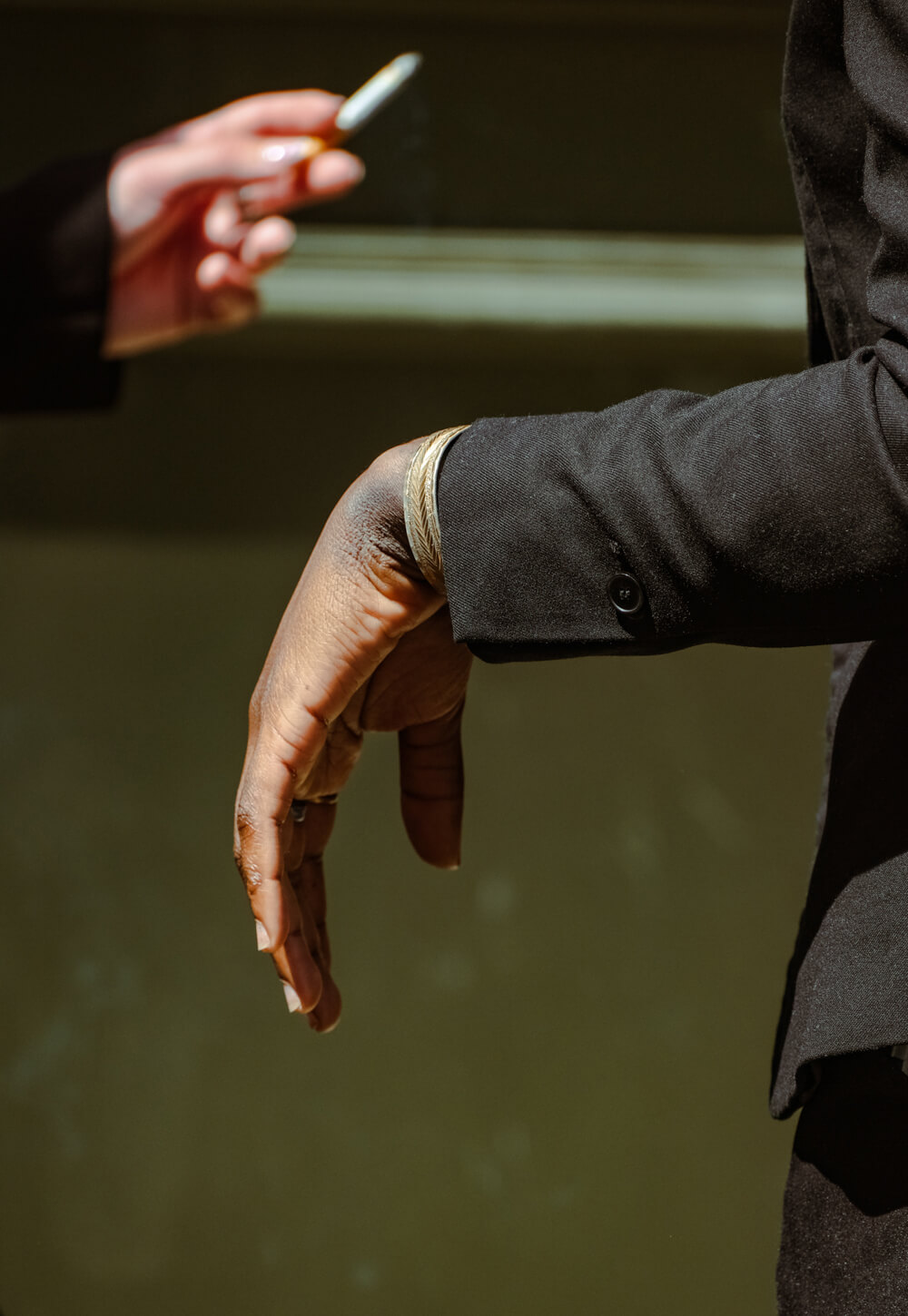
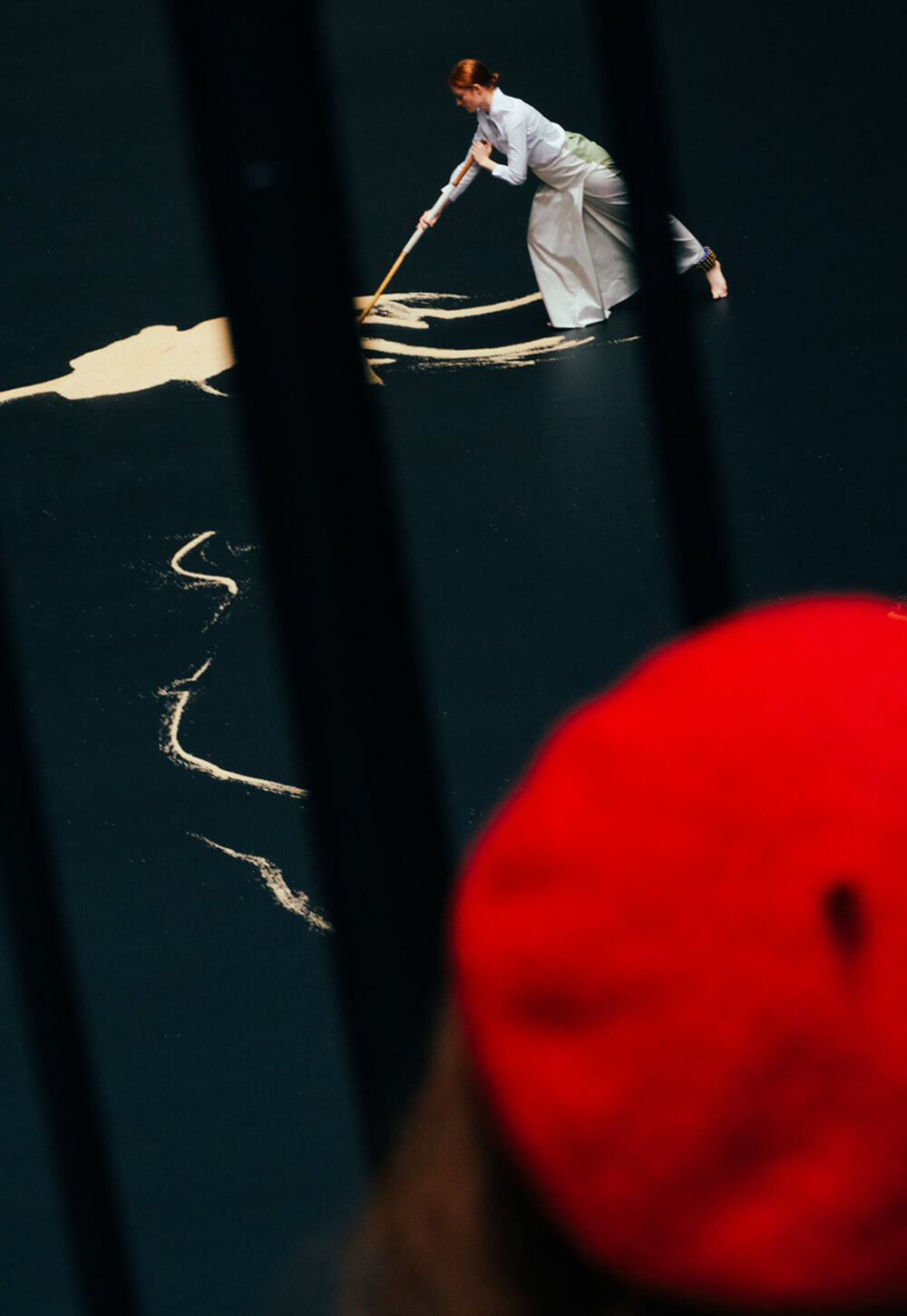
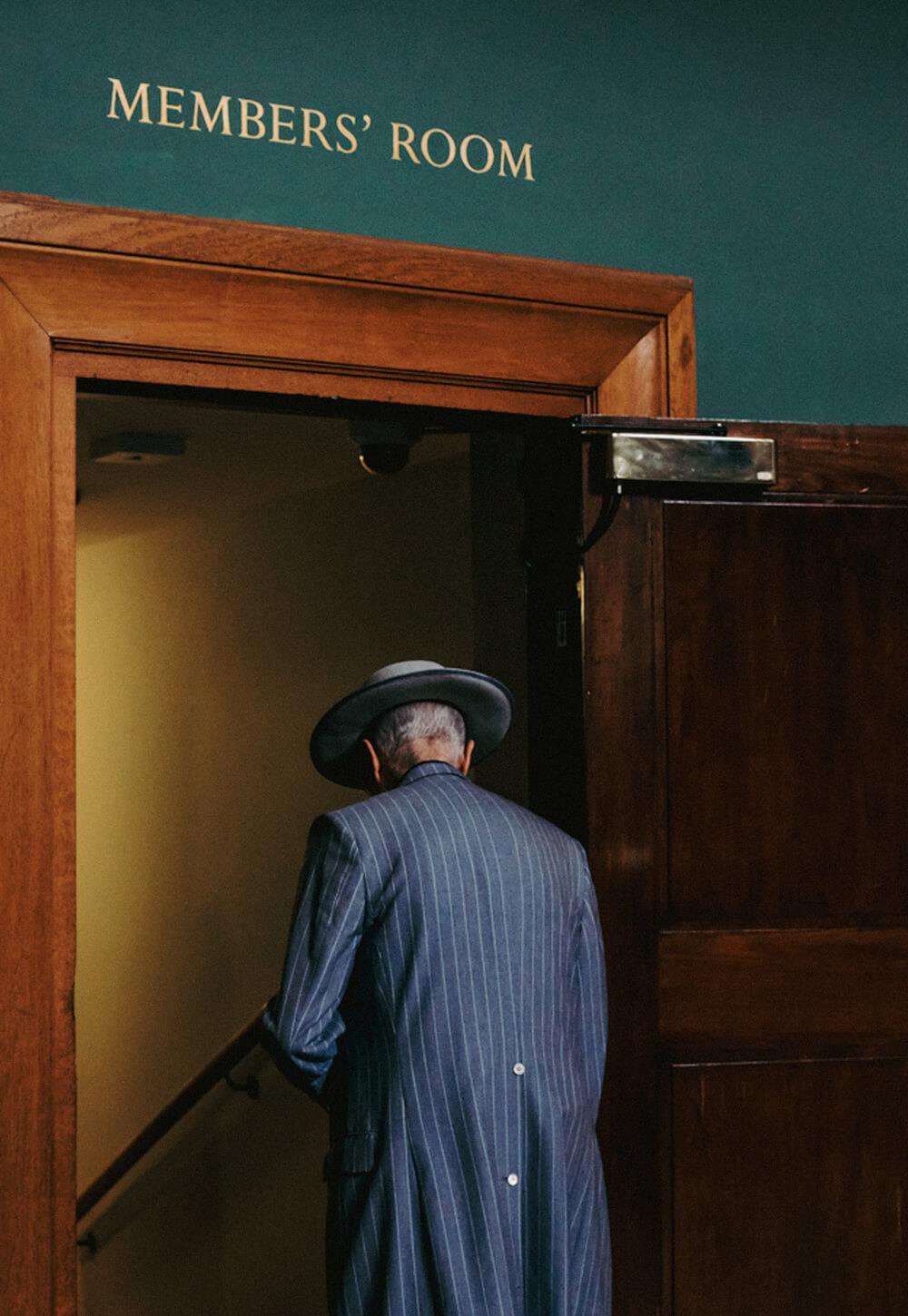
All images © Francesco Gioia
See more at www.francescogioia.com and follow him on Instagram: @francesco_gioia_street
